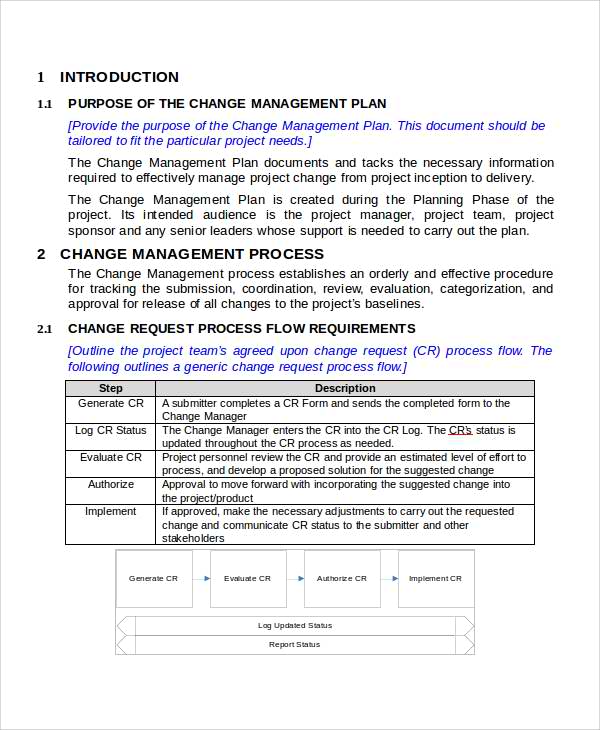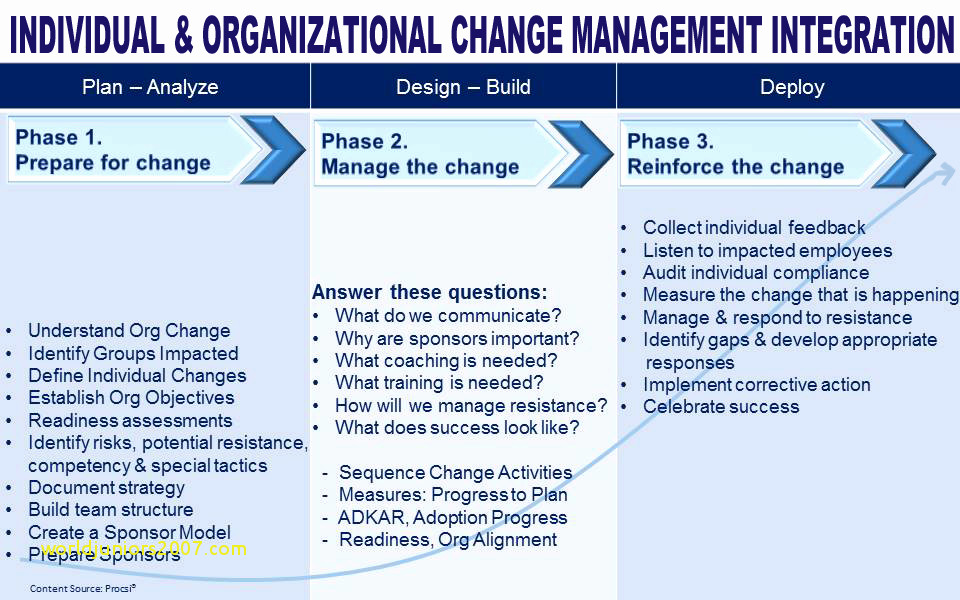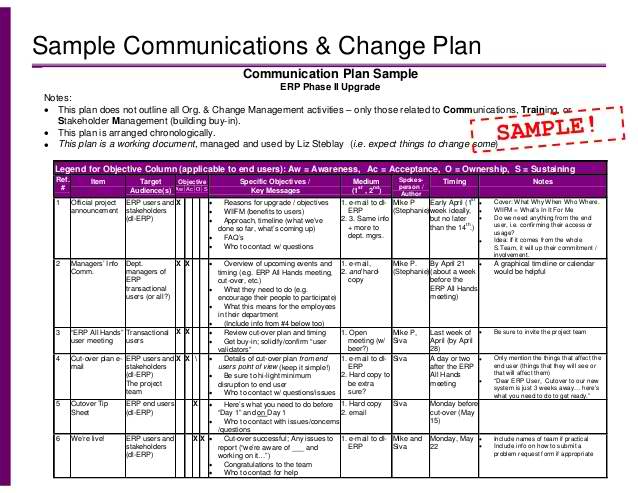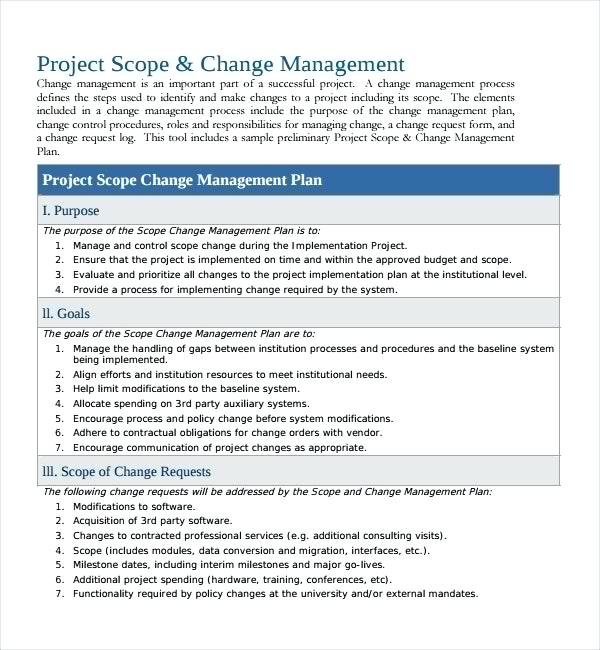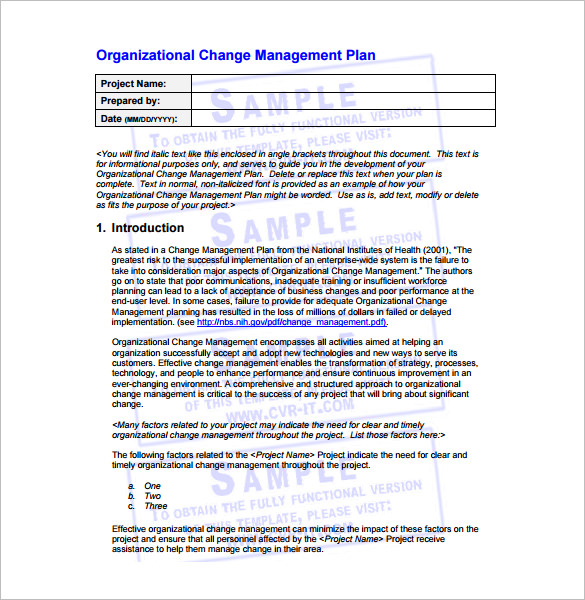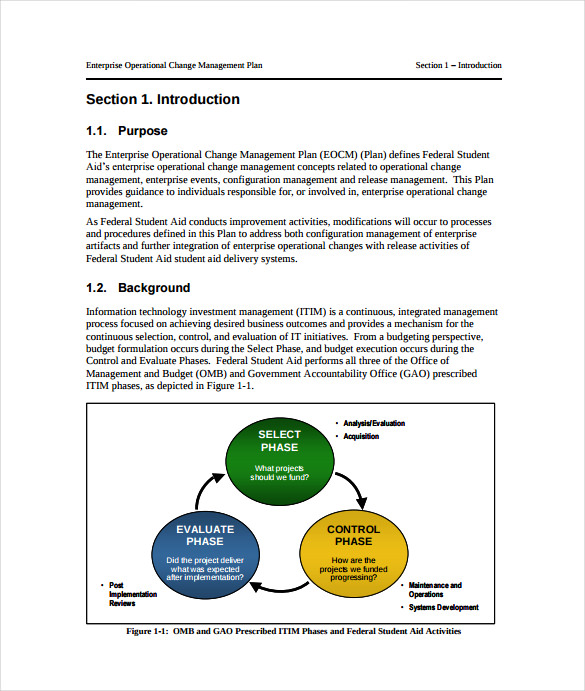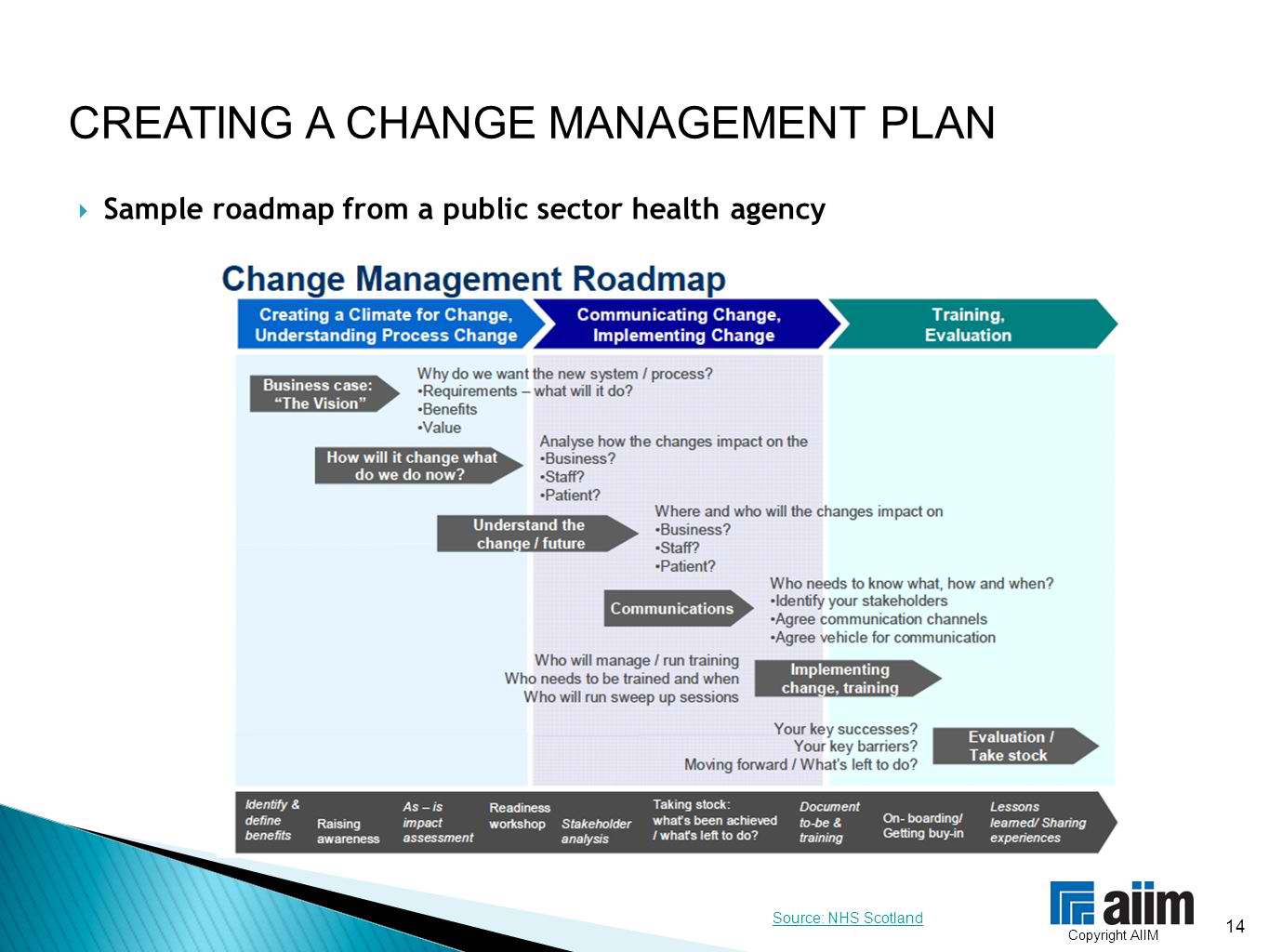19+ Change Management Plan Examples to Download
There are two kinds of change management plans. The first kind addresses the impact of change on an organization that can ease the transition so that the project can move accordingly even if changes were made to the plan. The second tracks change to a single project, creating a clear record of product tweaks or alterations to the project scope. Both of these plans sample aim to communicate what needs to be done clearly and accurately.
19+ Change Management Plan Examples
1. Sample Change Management Plan Template
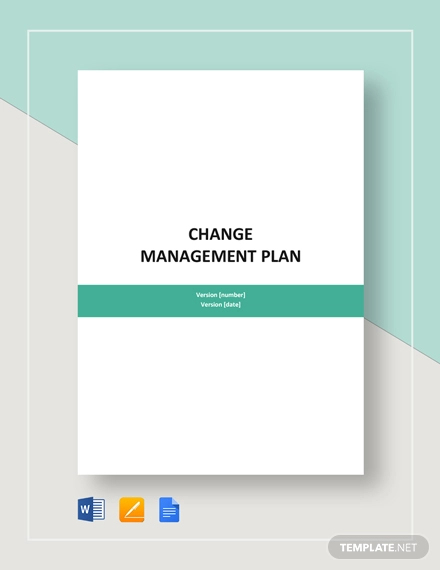
2. HR Change Management Plan Template

3. Change Management Action Plan Template
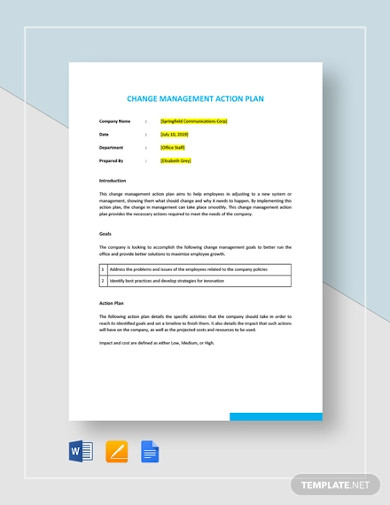
4. Organizational Change Management Plan Template
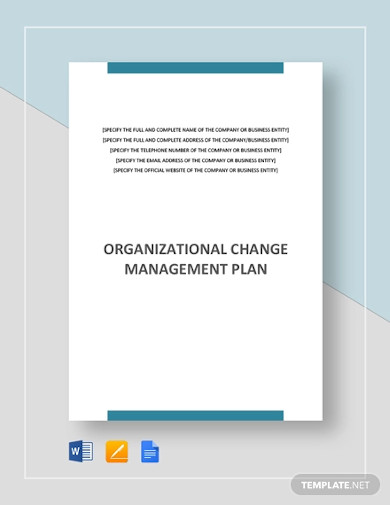
5. IT Change Management Plan Template
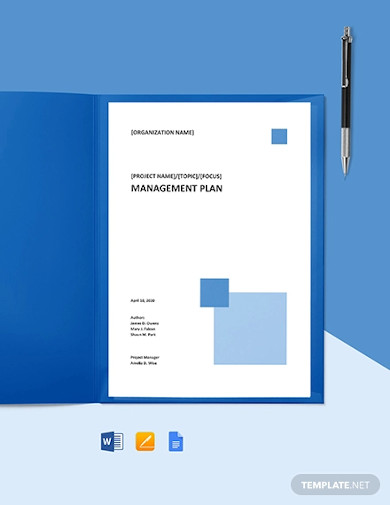
6. Construction Change Management Plan

7. Stakeholder Change Management Plan Template
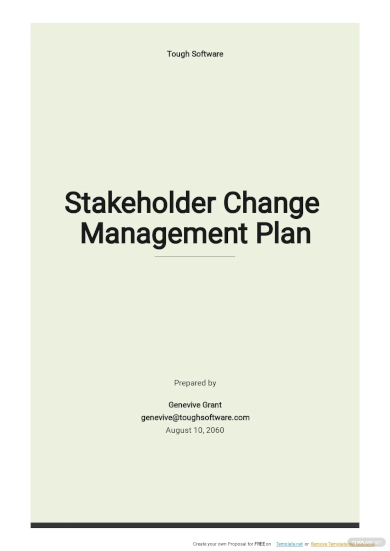
8. Program Change Management Plan Template
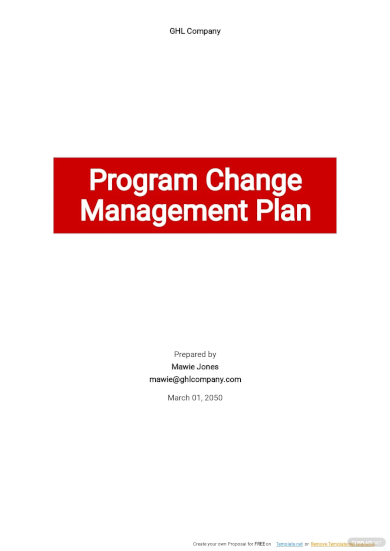
9. Free Human Resource Change Management Plan Template
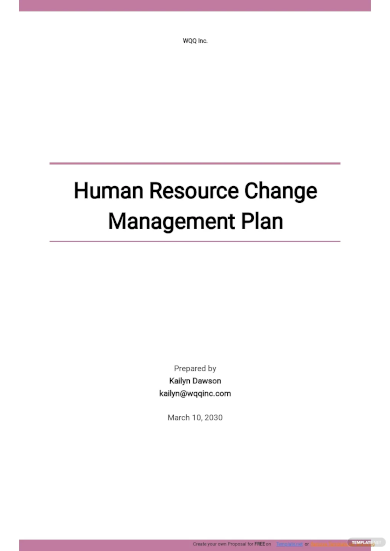
10. Free Simple Project Change Management Plan Template

11. Change Management Communication Plan Template

12. Change Management Policy And Procedure
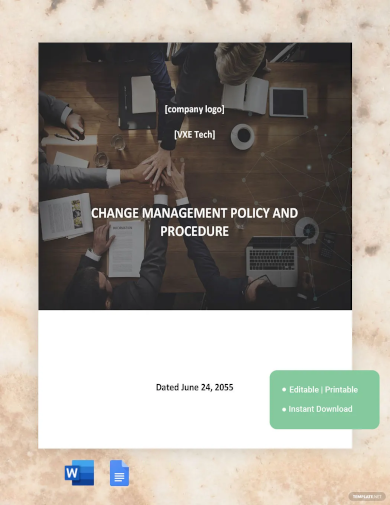
13. Sample Change Management Plan Template

14. Change Management Process Example
15. Change Management Integration Plan Example
16. Sample Change Management Plan Example
17. Project Scope & Change Management Plan Example
18. Organizational Change Management Plan Example
19. Enterprise Operational Change Management Plan Example
20. Change Management Roadmap Plan Example
Basic Change Management Plan Example
So whatever kind of change management plan you will end up making, just simply make sure that the changes you propose are clear and detailed so that everyone who reads them can understand the changes that need implementing and what procedures are going to be retained: You may also see examples of plans to provide more insight to this matter:
Creating a Change Management Plan
1. Demonstrate reasons for the change.
You should try to list the factors that might lead the decision to change, such as performance gaps, new technology, or a shift in the organization’s mission. You may also see the purpose of a marketing plan and examples of it.
2. Define the type and scope of change.
Just very briefly, you should explain the nature of the change management project. Once you are done, try to determine as to whether this will affect job roles, process changes, policy changes, and/or structural organization. Take note of the various departments, workgroups, systems, or other components that may need to undergo some changes here and there. You may also see examples of simple business plans.
3. Describe stakeholder support.
To all of the stakeholders who might be affected by the plan, for example, senior management, project manager, project sponsor, end-users, and/or employees affected by the change, list them down for documentation purposes. For each stakeholder enumerated or pointed out, write as to whether each one supports it or not. You may also refer to examples of emergency plans for more information.
4. Create a change management team.
When you create a change management team, you have to make sure that they are responsible for communicating with all stakeholders, listening to concerns, and ensuring that the change goes as smoothly as possible. You may also refer to some examples of wedding plans for more details.
5. Develop an approach with organization management.
Complete support from institutions heavyweights is deemed critical for the success of the change. In doing so, allow each senior staff member to provide some feedback on the change, and work with each member to create an active role in demonstrating and championing the changes. You may also see project plan examples and how to write them.
6. Draw up a plan for each stakeholder.
For each stakeholder, you should include those who support the change, determine the risks and concerns involved in the process. Try assigning the change management team the task of addressing these concerns. You may also refer to parenting plan examples should you still need a better idea of how to write up a plan.
7. Create a communication plan.
Communication is essential in everything, especially when disseminating information. Communicate with people who are affected by the change management plan. After this, reinforce the reasons for the said change and the benefits it might bring. You may also refer to annual plan examples for more information.
8. Track resistance.
Some people can be resistant to change or might not even appreciate it. It was bound to happen sooner or later, especially on the individual level. So try to communicate with stakeholders personally to discover the cause of their grievances. Monitor grievances so the change management team can address them. You can also try referring to work plan as well.
9. Address obstacles.
There may be other changes that might require additional approaches, which may be included in your plan or left to the change management team to implement as necessary.
Tracking Changes to Any Project
1. Define change management roles.
Each person has their responsibilities and roles to play in the change management team. You should include what particular skills are needed as well. At a minimum, try your best to include a project manager that can help you enact changes on a day-to-day level, and a project sponsor to track overall progress and make high-level change management decisions. You may also see data management plan examples.
2. Consider a change control board.
Software projects typically include a Change Control Board that is normally made up of various representatives from each stakeholder group. Instead of the project manager approving the change requests and communicates the decisions made to the stakeholders, the Change Control Board is the one designated to do that. You may also like quality management plan examples.
3. Create a process for enacting change requests.
Once someone on the project team identifies a step forward, how does it go from idea to reality? Describe this process here, as agreed upon by the team. Here’s an example:
- The team member fills out a Change Request form and sends it to the project manager.
- The project manager enters form into the Change Request Log, and updates this log as requests are implemented or rejected. You may also check out implementation plan examples & samples.
- The manager assigns team members to write a more specific plan and to estimate the effort required.
4. Create a change request form.
The following data should be included with every change request, and entered in the changelog:
- Date of change request
- Change request number, assigned by the project manager
- Title and description
- Submitter name, email, and phone number
- Priority (High, Medium, or Low). Urgent change management plans may require specific deadlines.
You might be interested in behavior management plan examples.
5. Add additional information to the changelog.
Logbooks are used to keep the information as to who visited the school. In the same manner, it’s important to have a logbook to take note of the changes that were proposed and what changes were made. Besides the information copied from the change request form, you’ll need space for the following:
- Mark of approval or rejection
- Signature of the person approving or rejecting the request
- Change implementation deadline
- Change the completion date
You may also see communication management plan examples.
6. Track major decisions.
In addition to the day-to-day change log, the project may benefit from a record of major decisions. This record may make it easier to track long term projects or projects that undergo leadership changes. This record can also guide communication with clients or senior management. You may also like crisis management plan examples.
Remember that change management plans are really helpful when applied correctly.
General FAQ’s
1. What is a Change Management Plan?
A change management plan is a plan that defines activities and roles to manage the change process during the execution and control stage of the project. It lays out a detailed description of the project’s scope, budget, and schedule.
2. How to Draft a Change Management Plan?
You can draft a change management plan by following these points:
- Explain the reasons for the change
- Determine the scope
- Identify stakeholders
- Clarify the expected gains
- Outline the milestones and costs
- Design a change management communication plan.
3. Why is Change Management Plan Important?
A change management plan is important as it ensures that any changes you make in your organization, team, or project are applied and maintained effectively. It ensures control in budget, schedule, scope, communication, resources, and minimizes the impact a change can have on the business and other important stakeholders.
4. What Happens When Change is Poorly Managed?
When change is poorly managed, it has the following consequences:
- It decreases productivity on a larger scale
- Managers may not devote the time needed to support the change
- Key stakeholders may not show up at meetings
- Customers are negatively impacted
- Valued employees leave the organization.
5. What Are Some Best Models for Implementing Change Management?
Here are some of the best models that can be used for implementing change management:
- Lewin’s Change Management Model
- McKinsey 7 S Model
- Kotter’s change management theory
- Nudge Theory
- ADKAR model
- Bridges’ Transition Model
- Kübler-Ross Five Stage Model.



